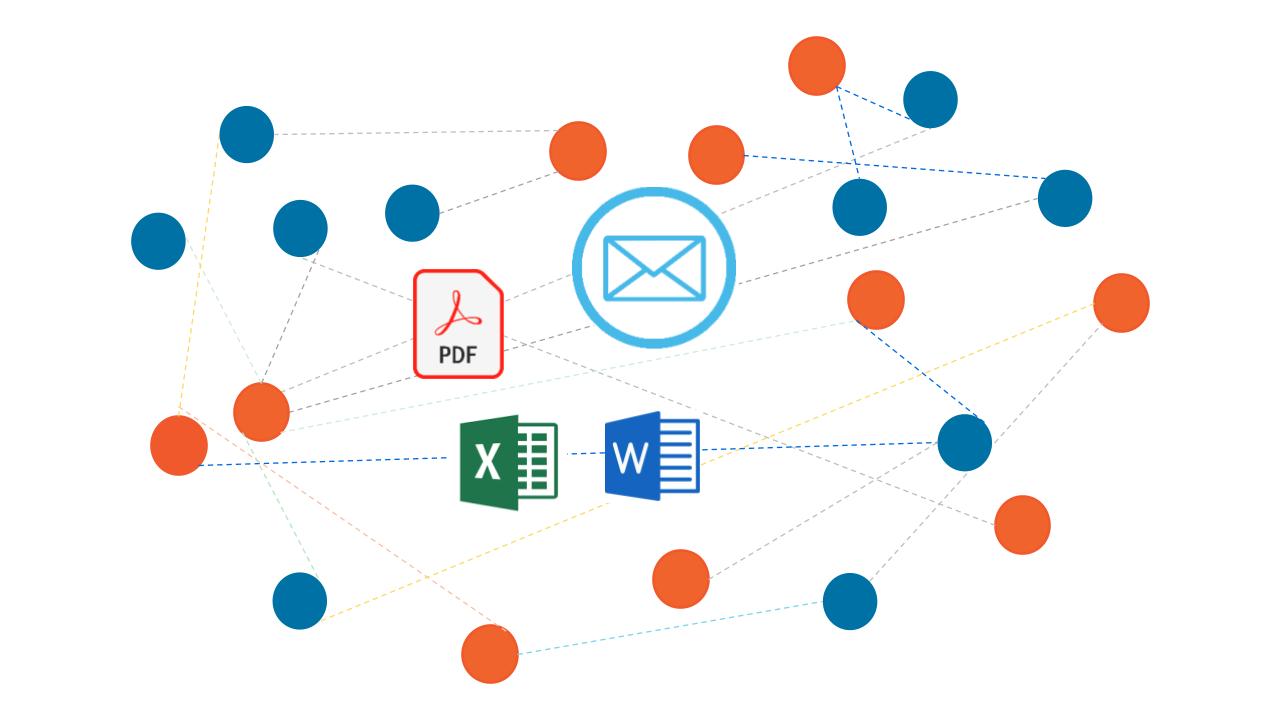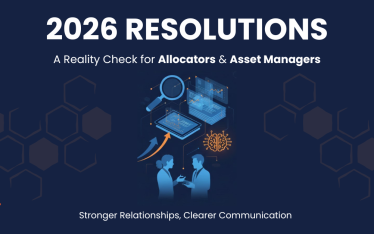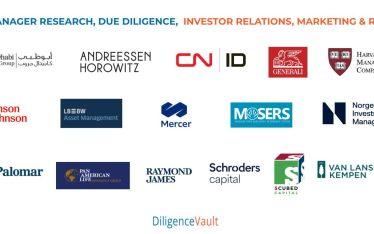The asset management industry is plagued by a lack of standardization across many levels, and this lack of consistency translates into significant inefficiencies. These inefficiencies manifest in various areas, such as:
- Reporting standards
- Due diligence processes
- Information trapped in bespoke formats like PDFs and spreadsheets
- Multitude of systems with different data formats
- Frequency and timing of reporting
- Asset valuation methodologies
And the list goes on. The industry is highly fragmented, and this fragmentation makes achieving a uniform standard a daunting challenge. The complexity of the problem is so immense that, at times, it can feel impossible to overcome.
This very complexity has driven numerous attempts to address the issue of standardization. However, every time a proposal for a standardized approach is presented, the immediate response is often: “Many have tried standardization and failed.” But could this be the time when it actually succeeds?
The True Scale of the Problem
At DiligenceVault, we approach the issue through the lens of the thousands of projects we power annually. Consider our annual project volume: 150,000 data collection / diligence projects.
Now, imagine that we could save just 2 hours per project through various standardizations. That would amount to 300,000 hours saved every year. With an FTE (full-time employee) cost of $100 per hour, this equates to a $30 million cost reduction.
This example clearly demonstrates the tremendous impact standardization could have on the industry. It’s not just about streamlining processes; it’s about a major reduction in operational costs. Moreover, having access to trusted and timely information would elevate the experience for all stakeholders involved. Standardization also serves as a foundation for creating industry benchmarks that can further guide best practices and decision-making.
What Enables Standardization?
The road to standardization, while challenging, is not entirely blocked. Several factors can pave the way for meaningful progress:
- Key Stakeholder Buy-In: Successful standardization requires the active participation and support of key players in the industry, from investors, to asset managers, to regulators and technology providers.
- Centralization: Centralized systems and platforms that unify data and processes are crucial for fostering standardization. These systems can provide a single source of truth, making it easier to establish and maintain standardized practices.
- Technology: Technological advancements play a critical role in facilitating standardization by enabling automation, data integration, and real-time access to reliable information.
What Hinders Standardization?
While the benefits of standardization are clear, several challenges prevent the industry from fully embracing it:
- Adoption Barriers: The asset management industry is fragmented, with countless players adhering to different standards, formats, and practices. This lack of uniformity creates a significant barrier to widespread adoption of standardized methods.
- Healthy Skepticism: Many in the industry are understandably skeptical about standardization. They may have witnessed failed attempts in the past or fear that standardization could stifle innovation or flexibility.
- False Sense of Security in the Status Quo: Some organizations may feel comfortable with their existing processes, believing that their current way of doing things is “good enough.” This mindset can be a major deterrent to adopting new standards, even when the benefits are clear.
Where Has Standardization Worked?
Despite the challenges, there are notable examples where standardization has been successful, offering valuable lessons for the asset management industry:
- SEC’s Form ADV Filings: The SEC’s standardized filing requirements for registered investment advisors provide an excellent example of how regulation can enable standardization. These filings have improved monitoring and benchmarking capabilities, allowing regulators and investors to access more consistent and comparable data.
- Markit Credit Default Swap Innovation: Collaboration between key broker-dealers led to the creation of a standardized process for credit default swaps (CDS). This collaboration was a critical enabler of innovation in the CDS market.
- Index Business: The financial industry’s embrace of standardized index methodologies, such as those used by major index providers like MSCI and S&P, has transformed how investors track market performance. Standardized indices provide a reliable basis for benchmarking, enabling more efficient asset allocation.
- Public Financial Statements: The adoption of standardized reporting structures for publicly traded companies has made it possible to compare financial statements across firms and industries. This transparency is essential for analysts, investors, and regulators alike.
The Path Forward: Benefits for Asset Management
So, how can the asset management industry benefit from standardization? What processes, data factors, and quality considerations need to be addressed to make it possible?
In Part II of this blog, we will delve deeper into these questions. We will share insights gathered from our ONE DiligenceVault Network and explore how industry-wide standardization could not only enhance efficiency but also drive better decision-making, improved transparency, and more effective risk management.
Stay tuned for more in-depth analysis on how standardization can reshape the asset management landscape, and how a $30 million in savings translates into a billion dollar opportunity!



